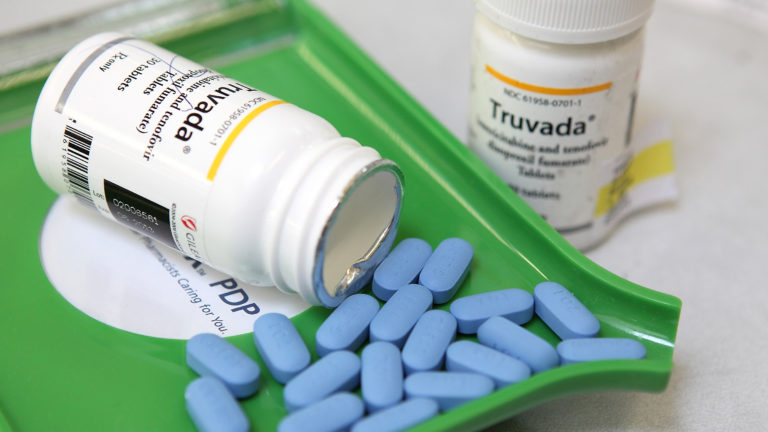Spearheaded by the health ministry and supported by global partners, such as the United States Agency for International Development (USAID), Namibia’s implementation of pre-exposure prophylaxis, known as PrEP, demonstrates the country’s strong commitment to comprehensively combat HIV.
PrEP is a preventive pill that decreases the potential of contracting HIV through sex by up to 99% when taken as prescribed.
According to a study conducted by USAID in 2021, “The rollout of PrEP has become a cornerstone in the nation’s battle against HIV”.
Currently, nearly 210 000 people in Namibia are living with HIV, of whom 24 300 are young people between the ages of 15 and 24.
Namibia’s future goals include further reducing HIV incidence through expanded PrEP access and continued public education efforts.
The country is also striving to achieve the UNAIDS 95-95-95 targets by 2030: ensuring that 95% of people living with HIV know their status, 95% of those diagnosed receive sustained antiretroviral treatment (ART), and 95% of those on ART achieve viral suppression.
Since the inception of the PrEP programme, there has been a marked increase in the number of new PrEP users across Namibia’s diverse regions.
The number of people using PrEP over the years has seen a steady growth.
In 2017, only 14 people were enrolled in the prevention method.
The number increased to 5 510 people in 2018 and 10 583 in 2019.
The number rose to 11 654 users in 2020 and 8 612 in October 2021.
This growth underscores the effectiveness of the national strategy and the dedication of various stakeholders.
The substantial rise highlights the expanding reach and acceptance of PrEP as a vital tool in HIV prevention.
According to the Walvis Bay Corridor Group (WBCG) marketing manager, Maria Paulus, collaboration with the health ministry and other partners has been crucial in bringing health services closer to the communities and populations in various regions.
“Through these interventions, the WBCG and Namibia have made significant strides in HIV prevention, including the successful implementation of PrEP programmes,” she said.
Over the years, they have integrated PrEP services as part of their comprehensive HIV prevention strategy as well as overall health and wellness package.
“PrEP is safe, with no side -effects for most users. A small number of clients may experience minor short-term side-effects at the start of PrEP. Minor side effects include diarrhoea, nausea, decreased appetite, abdominal cramping or flatulence. Some clients may also experience dizziness or headaches. Such side-effects are usually mild and resolve without stopping PrEP. Clients mostly experience these symptoms at the start in the first few days,” she said.
Health workers are trained, and using the appropriate national tools, such as protocols and guidelines, to offer guidance and support to all clients on how to manage side-effects or challenges associated with PrEP.
She added that clients are allowed to stop PrEP when they are no longer at high risk of acquiring HIV infections.
By the end of April 2024, 327 clients were actively using PrEP at the WBCG Walvis Bay Roadside Wellness Clinic.
Information can be accessed at any health facility in the country. -edeklerk@nepc.com.na


